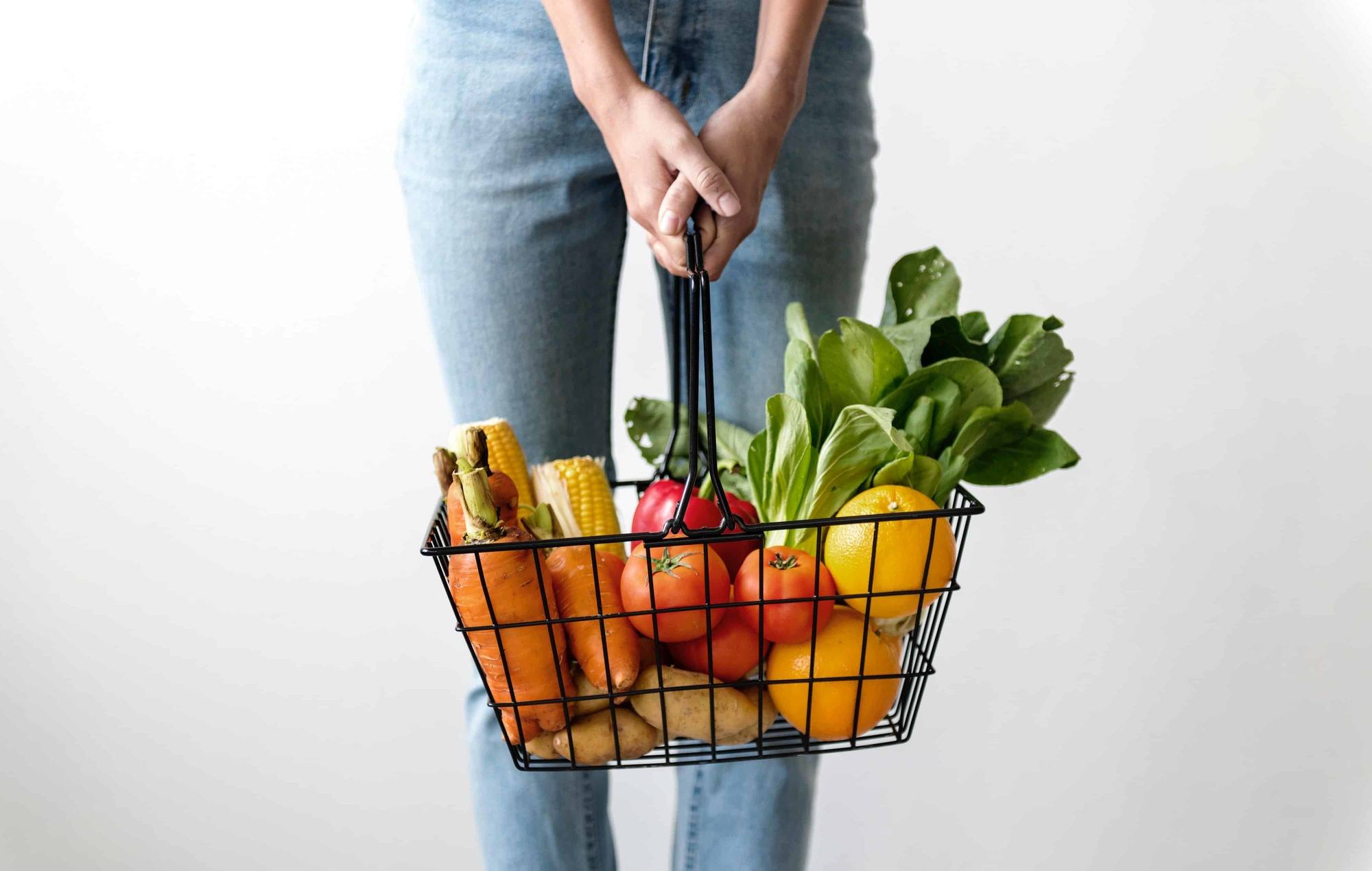If you struggle with an uneasy stomach and you’ve been looking for answers, chances are you’ve heard of the low FODMAP diet, but what is it exactly?
The diet was first researched at Monash University in Victoria, the findings revealed that limiting lowering intake of high FODMAP foods can assist in managing irritable bowel syndrome (IBS) and its many uncomfortable symptoms.
What are FODMAPS?
FODMAP translates to: Fermentable Oligosaccharides, Disaccharides, Monosaccharides and Polyols – lucky they thought of that acronym. These all refer to different kinds of carbohydrates that when, poorly absorbed into the gut, can result in bloating, gas and other IBS symptoms.
Here are some common high FODMAP foods according to Monash University:
– asparagus, onion, garlic, celery, sweet corn, legumes, apples, pears, mango, watermelon, yoghurt, cow’s milk, ice cream, wheat-based breads, cereal, pasta, cashews and pistachios.
As you can see, there are many foods in that list with a healthy reputation, but yet, can still be triggers for IBS symptoms in some people. While it seems surprising, don’t feel too overwhelmed.
Thankfully there are low FODMAP alternatives you can enjoy!
For example, even though cashews and pistachios are considered high FODMAP foods, the diet recognises macadamias, peanuts, pumpkin seeds and walnuts as low FODMAP alternatives.
Symptoms of IBS occur when too much of one, or more, kinds of FODMAPS that your body is intolerant to, are consumed. For example, you could eat a handful of cashews and a handful of pistachios and experience IBS symptoms in the aftermath, but yet if you had only eaten the cashews, you might have experienced none.
It’s all about identifying which high FODMAP foods agree with you or not, and in what quantities, but still making sure you’re eating enough food and not missing out on nutrients..
Should you just stay low FODMAP forever?
After you’ve had success identifying the FODMAP foods that your body has trouble tolerating, you may believe that you should follow the diet forever, particularly if you’ve experienced significant relief from IBS.
However, research suggests that remaining low FODMAP for too long can negatively impact your long-term gut health by putting your healthy gut bacteria out of balance. Instead, retest tolerance levels of foods your body didn’t tolerate too well and work on fine-tuning your portions.
Moreover, forever avoiding ALL high FODMAP foods can be challenging in different settings such going out to dinner or eating at a friends house for example.
Whilst following a low FODMAP diet, you may find it tricky to seamlessly incorporate it into your day-to-day life. Eating out for example, reading the menu while thinking about FODMAPS can be like tiptoeing through a minefield!
If you’re unsure, try to go for a basic meal that isn’t swimming in sauces and piled-high with with mountains of different flavours, pub style meals (steak and chips, chicken parmigiana) are generally more tolerable on the low FODMAP diet than Italian, Mexican, Indian or Asian dishes.
When it comes to eating at home, a good strategy to ensure that all your FODMAPS are under control is to spend some time meal prepping for the week coming. That way, once you nail down your portions and nutrients, you won’t have any nasty IBS related surprises and you’ll be able to enjoy your meals without worry.
To make sure you’re following all the right steps, get in touch with one of our experienced dietitians!
P.S Here is a more comprehensive list on both high and low FODMAP foods from Monash University.







